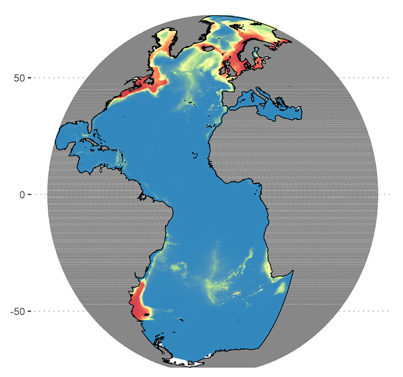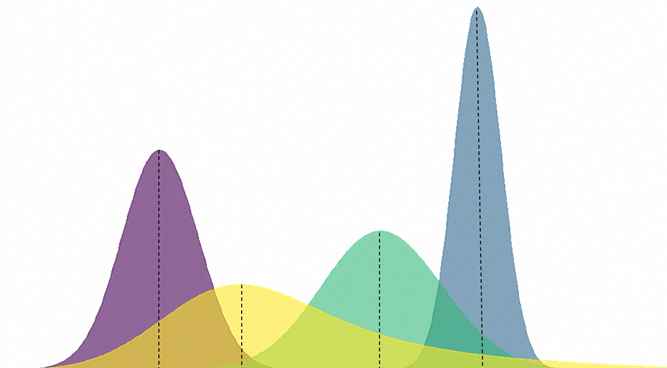what is it?
GAM-NICHE is a new tool developed by AZTI (Valle et al. 2023) to build Species Distribution Models (SDMs) under the ecological niche theory (Citores et al. 2020). It provides a GitHub tutorial in R language with an application to marine fish.

